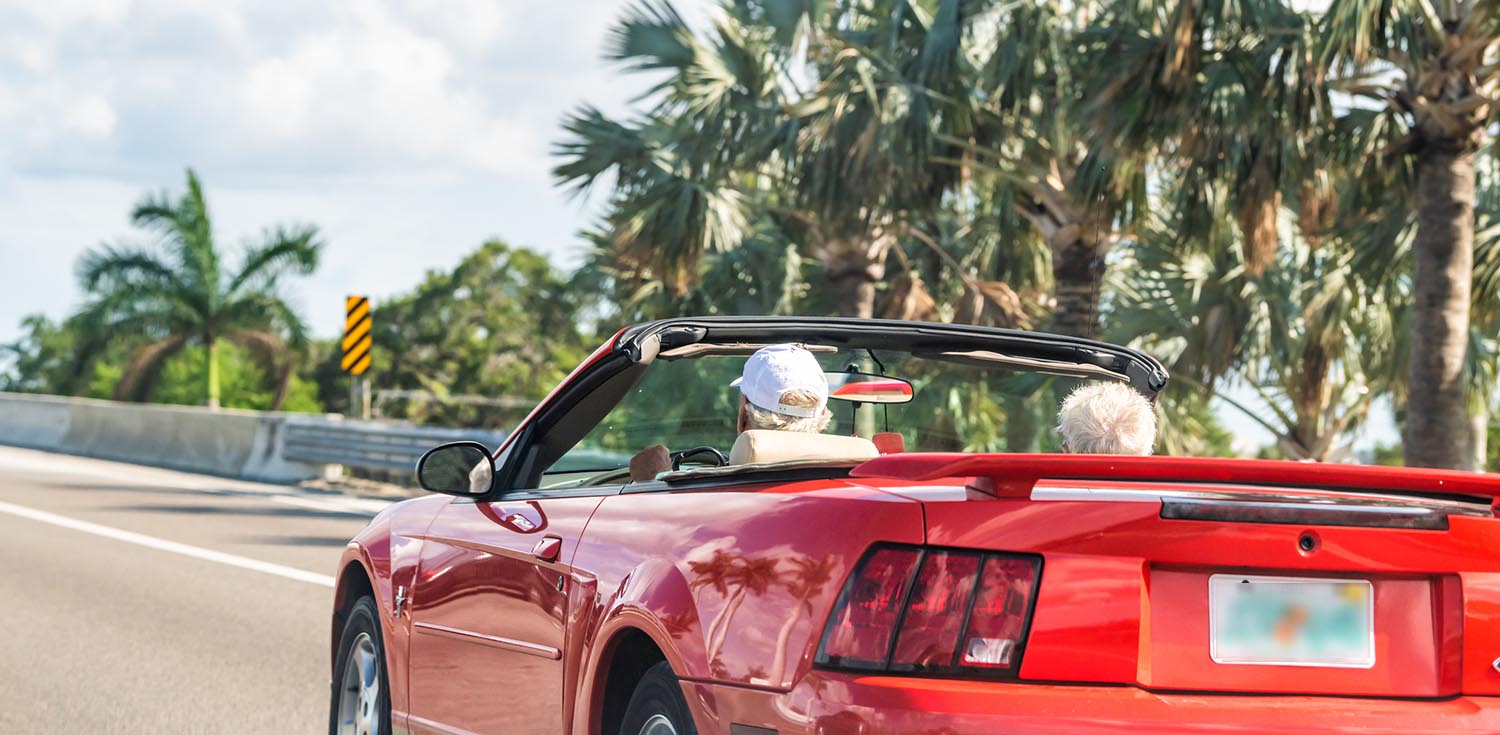
If a specific type of auto insurance coverage underrated, it is stacking your Uninsured/Underinsured Motorist Coverage. As you may know, when it comes to purchasing auto insurance coverage in the State of Florida, it is important to keep in mind what the state requirements are, what they mean in terms of provision, and what type of insurance coverage will be better suited for each individual based on their specific needs. In the State of Florida, the necessary requirements to insure a motor vehicle is composed of two (2) types of coverage, Personal Injury Protection (PIP) and Property Damage liability (PD), and each carry a required limit of $10,000.00. This basic coverage is what is most commonly referred to as “full coverage.” Because the State of Florida is what is known as a “No-Fault State,” this means that your PIP auto insurance coverage will cover your medical expenses, regardless of who is found to be at fault, up to $10,000.00. Additionally, it is important to note that the State of Florida does not require a motorist to carry bodily injury coverage; this coverage is to compensate any damage done to another person as a result of a motor vehicle collision, regardless of whether it is against a pedestrian, motorcyclist, bicyclist, government, or commercial vehicles. Moreover, another type of auto insurance coverage that is not a requirement in the State of Florida is Uninsured/Underinsured Motorist Coverage, or stacking Uninsured/Underinsured Motorist Coverage. This type of auto insurance coverage protects the insured should they be involved in a collision with another motorist who has no bodily injury liability coverage, or the minimal policy limits in bodily injury coverage. The minimum for Bodily Injury coverage in the State of Florida is $10,000.00 per person/$20,000.00 per occurrence.
Likewise, and more importantly, not only does stacking Underinsured/Underinsured motorist coverage protect the insured should they be involved in a motor vehicle collision another driver that carries minimal, or no bodily injury coverage, this provision protects the insured should they be involved in a hit-and-run accident, whether the insured is the driver, passenger, pedestrian, or otherwise. It is important to note however, that you cannot obtain uninsured/underinsured coverage without also carrying bodily injury coverage, whether the limits are the same, or the selected bodily injury coverage is in an amount higher than the chosen uninsured/underinsured coverage. That being said, a motorist is not able to carry uninsured/underinsured motorist coverage in an amount higher than the selected bodily injury coverage limits.
So, what does stacking uninsured/underinsured motorist coverage mean? Stacking uninsured/underinsured motorist coverage means that, if for example, you choose to carry the minimal state requirements of stacking uninsured/underinsured coverage in the amount of $10,000.00/$20,000.00, and there are three (3) listed household vehicles on that policy, the amount that is now available to compensate for damages from your own auto insurance policy is $30,000.00/$60,000.00. Stacking Uninsured/Underinsured Motorist Coverage is not only back-up protection for damages or injuries sustained, this provision takes that protection a step further.
While some individuals voice concern for obtaining or using uninsured/underinsured motorist coverage for fear of their insurance rates rising, it is important to bear in mind that this type of coverage solely exists to protect and benefit the insured, and members of their household should they be involved in a collision with an underinsured, or worse, uninsured motorist. There have been countless instances when motorists choose to carry bodily injury coverage and either forego uninsured/underinsured coverage, or do not select stacking uninsured/underinsured motorist coverage, and find themselves in a disadvantageous position without recourse because the at-fault driver did not carry an adequate amount of bodily injury coverage, or they simply did not carry it at all. Similarly, carrying and selecting uninsured/underinsured motorist coverage provides protection against collisions with hit-and-run drivers.
How does carrying stacking uninsured/underinsured motorist coverage help? First, it is well understood that being involved in a motor vehicle collision, regardless of the severity of the impact, can be stressful enough as it is. Moreover, motor vehicle collisions, regardless of whether they are high or low impact can result in personal injury. Uninsured/underinsured insurance coverage, specifically stacked, enables the insured to be able to seek monetary compensation for not only the injuries sustained, as well as pain and suffering, it serves to cover future medical treatment, and/or lost wages that may have been incurred as a result. Not only is the insured taking the best course of action by selecting to carry stacking uninsured/underinsured motorist coverage should they be involved in a motor vehicle collision that may result in serious and/or long term injuries, they are securing members of their household as well. As you may know, stacking uninsured/underinsured motorist coverage is not just if an individual is involved in the motor vehicle, or vehicles listed on the policy, it can also be applied to the insured and/or members of their household should they be a passenger, bicyclist, motorcyclist, or pedestrian involved in a motor vehicle collision.
For example, if an adequately insured motorist who has selected stacking uninsured/underinsured motorist coverage is involved in a motor vehicle collision with an uninsured/underinsured, or a hit-and-run driver, the proper precautions have been secured to ensure that not only the motorist is protected for compensation, should it be required, this also protects any household family members as well. Bear in mind that injuries sustained as a result of motor vehicle collisions, or collisions regardless of whether the insured is a passenger, pedestrian, bicyclist, or motorcyclist, can result in extensive medical treatment, in-patient hospital stays, physical therapy, physiotherapy, pain management, and/or surgery, multiple surgeries, plastic surgery, or otherwise, and the medical expenses incurred as a result.
So, how important is uninsured/underinsured motorist coverage? Since Florida does not require a motorist to carry bodily injury liability coverage, selecting stacking uninsured/underinsured coverage helps to assure that the insured motorist, and household members are covered for any damages or physical injuries sustained, including the respective medical expenses as a result of a motor vehicle collision with an uninsured/underinsured, or hit-and-run driver. Simply put, selecting this type of coverage can certainly make a world of difference.











